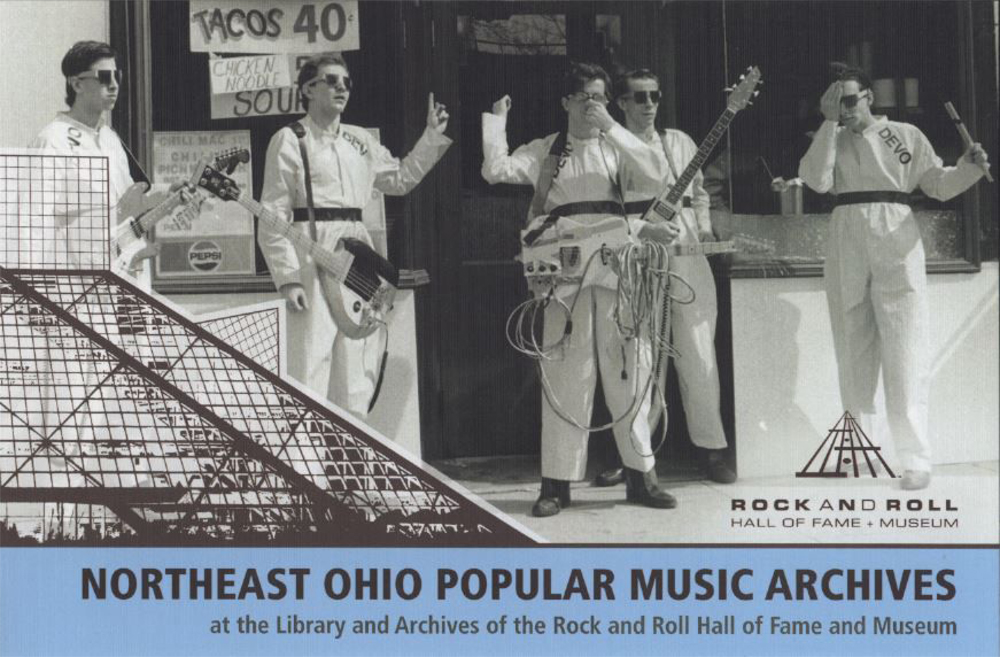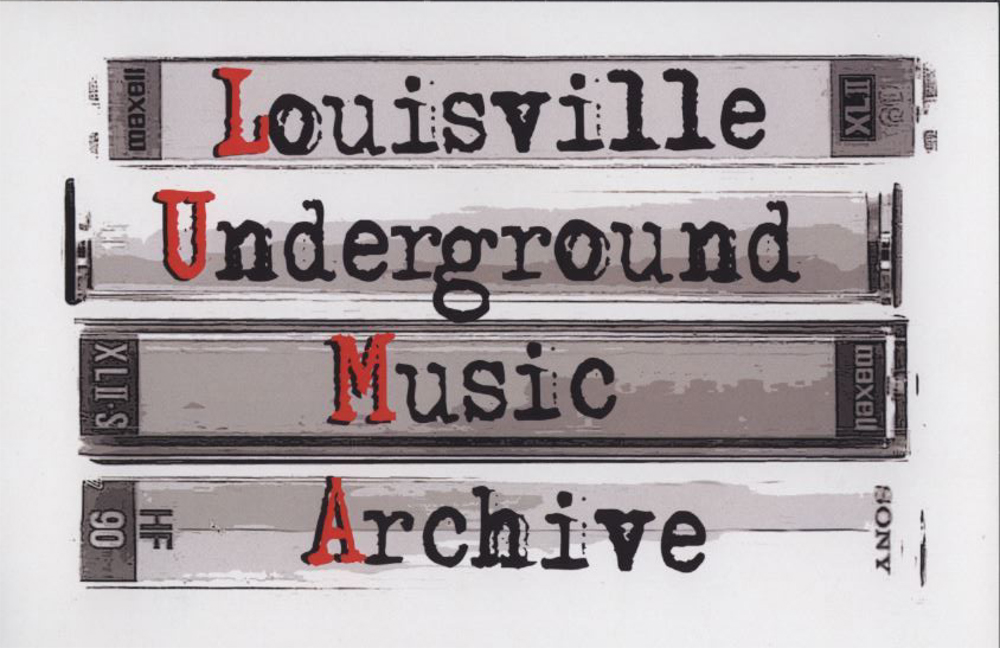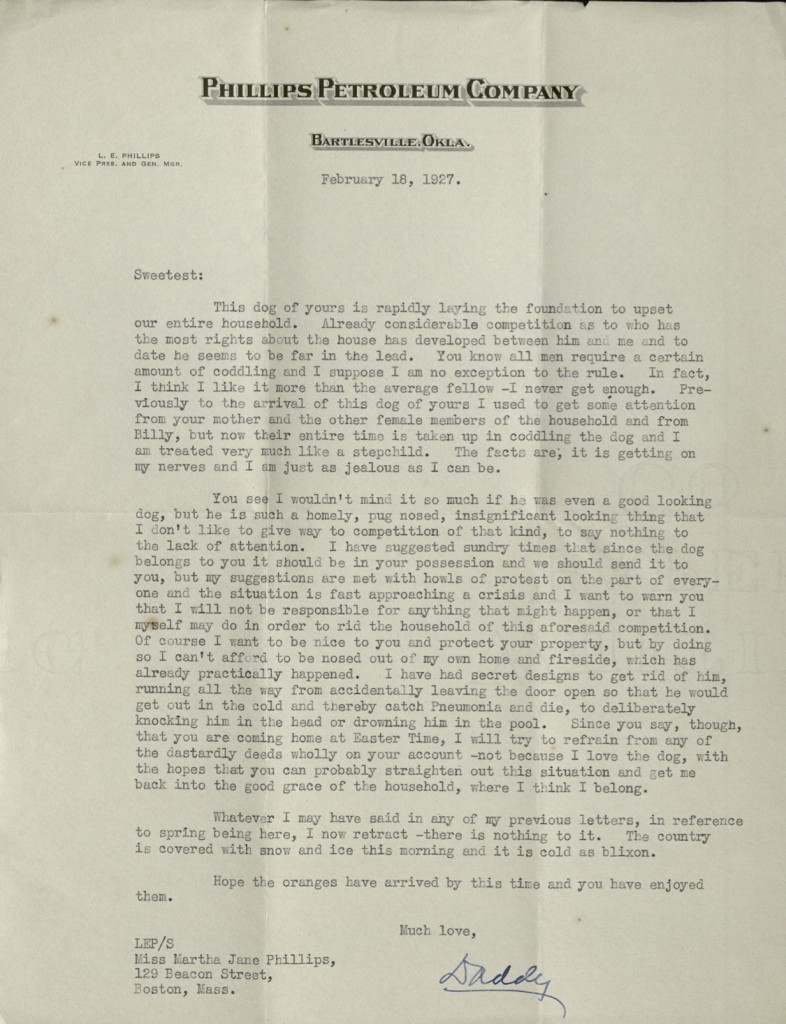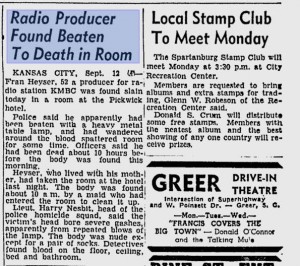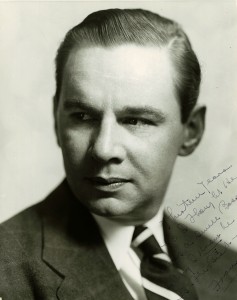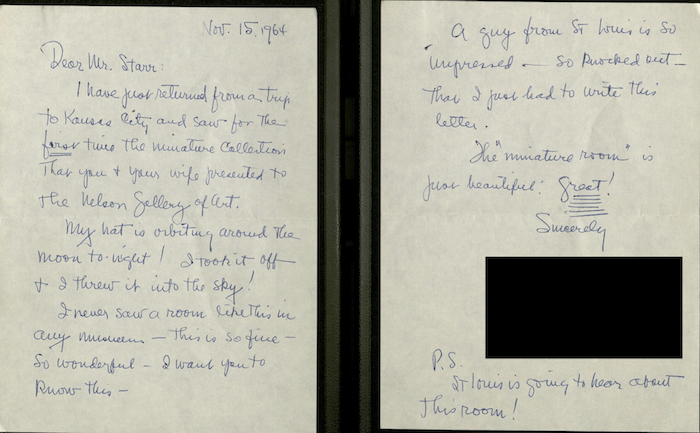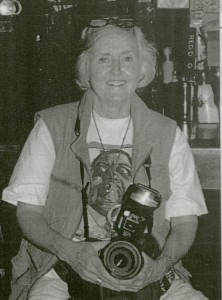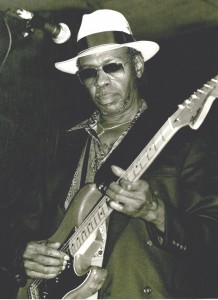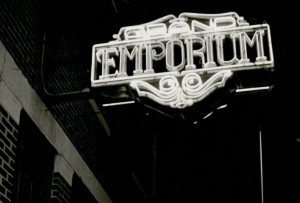The Higginson Collection consists of two handwritten documents of great value and historic significance. These one-of-a-kind documents survived from the first recording dates for Kansas City jazz pianist Jay McShann and his band, which included alto saxophonist Charlie Parker, then only 20 years old. The recording session happened between November 30 and December 2, 1940, and was supervised by Fred Higginson of radio station KFBI in Wichita, Kansas.
The first document is a sign-in sheet containing the signatures and instrument played of each band member, and represents one of the earliest known signatures of Charlie Parker.
The second document contains the song list and corresponding band personnel for the two days of recording, November 30 and December 2, providing primary source information about the discographical details of the session.
Chuck Haddix explains the significance of the session, especially as a conduit of Parker’s musical development, in his book Kansas City Jazz: From Ragtime to Bebop – A History:
As Decca [Records] released the Kansas City Jazz album in the spring of 1941, the last great big band to come out of Kansas City, the Jay McShann band, rose nationally, boosted by good fortune and a hit recording. After closing at Fairyland [Park in Kansas City] in September 1940, McShann returned to the Century Room and further refined the band’s personnel, replacing alto saxophonist Earl Jackson with John Jackson. Slim and pensive, Jackson rivaled [Charlie “Bird”] Parker as a soloist. While based at the Century Room, the McShann band toured regionally, ranging north to Des Moines, Iowa, east to Paducah, Kentucky, and west to Wichita, Kansas. During a Thanksgiving weekend engagement in Wichita, a brash young college student and jazz fan, Fred Higginson, invited McShann and other band members for a couple of after-hours sessions at radio station KFBI, named after Kansas Farmer and Business. KFBI traced its lineage back to Dr. Brinkley, the goat gland doctor. McShann, figuring the band could use a little experience in the studio before the pending Decca sessions, took Higginson up on the offer.
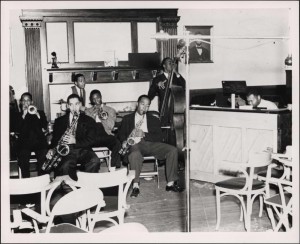
Orville Minor, Bob Mabane, Gus Johnson, Bernard Anderson, Charlie Parker, Gene Ramey, Jay McShann; recording date for radio station KFBI; Witchita, Kansas; c. November 30 – December 2, 1940 (Jay McShann Collection)
The station’s engineer recorded the sessions to acetate discs, capturing the unit jamming on the standards “I Found a New Baby,” “Body and Soul,” “Moten’s Swing,” “Coquette,” “Lady Be Good,” “Honeysuckle Rose,” and on their theme song, listed as an untitled blues. While the band struggled to find its niche in the Kansas City jazz tradition, Charlie Parker had already transcended previous jazz conventions. [McShann bassist] Gene Ramey felt band members could not fully appreciate Parker’s techniques and ideas. “When I look back, it seems to me that Bird was at the time so advanced in jazz that I do not think we realized to what degree his ideas had become perfected,” Ramey observed. “For instance, we used to jam ‘Cherokee.’ Bird had his own way of starting from a chord in B natural and B flat; then he would run a cycle against that; and, probably, it would only be two or three bars before we got to the channel [middle part] that he would come back to the basic changes. In those days, we used to call it ‘running out of key.’ Bird used to sit and try to tell us what he was doing. I am sure that at that time nobody else in the band could play, for example, even the channel to ‘Cherokee.’ So Bird used to play a series of ‘Tea for Two’ phrases against the channel, and, since this was a melody that could easily be remembered, it gave the guys something to play during those bars.”
Parker’s innovative technique and wealth of ideas are evident in his solos on “Body and Soul” and “Moten’s Swing.” Parker maintains the ballad tempo of “Body and Soul” while running in and out of key. Taking a cue from Parker, the band and Buddy Anderson switch to double time, before returning to the ballad tempo in the last eight bars of the out chorus. After the piano introduction to “Moten’s Swing,” the band launches into the familiar riff pattern. Parker follows with a confident, articulate solo, highlighted by triplets in the second eight-bar section, and triplet flourishes toward the end of the bridge, first stating, on record, his musical signature. Parker had matured into a fully realized improviser, already pioneering a new musical style critics later labeled bebop. He soon had company.

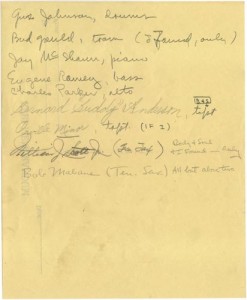

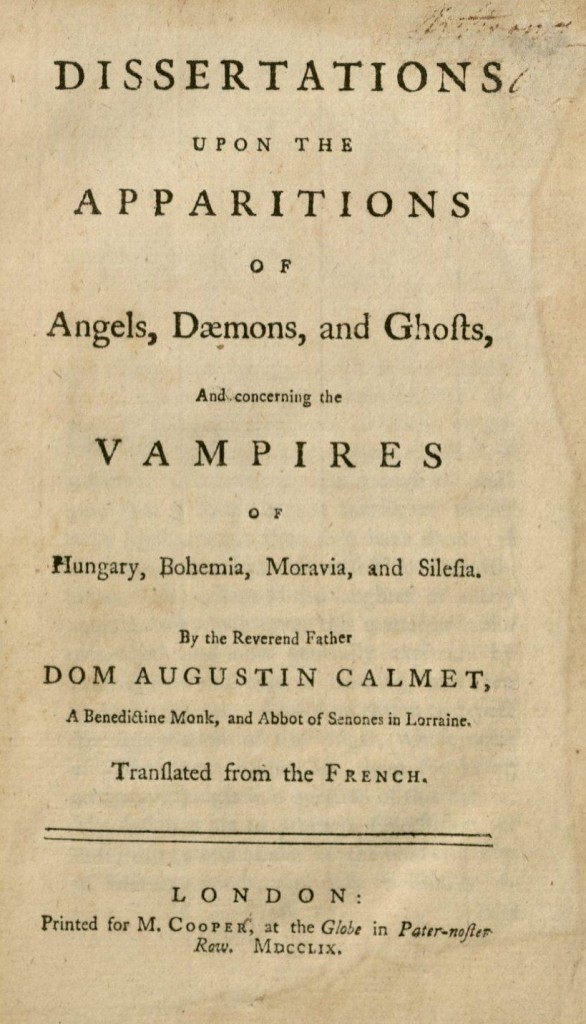
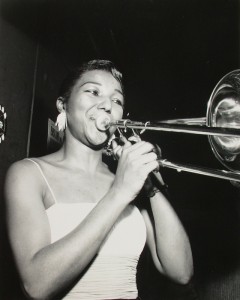
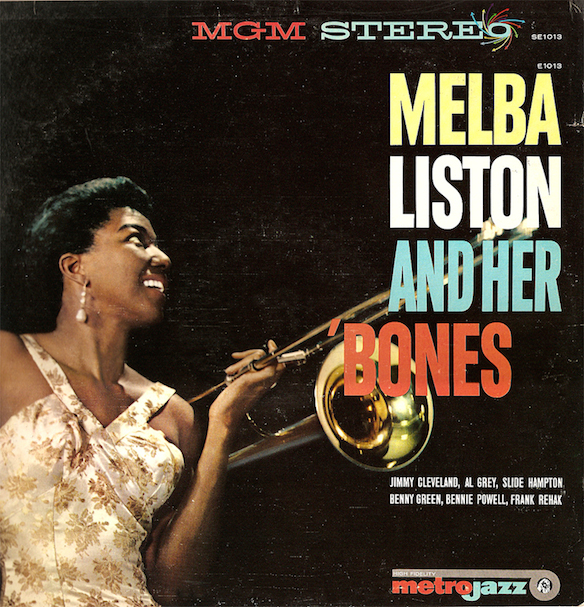
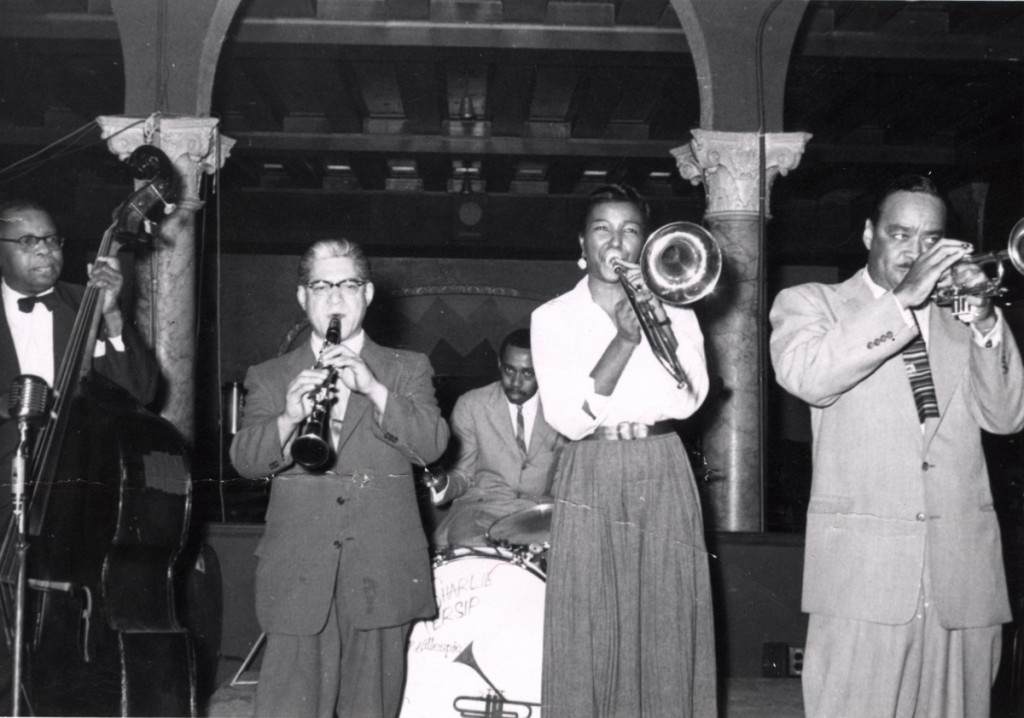
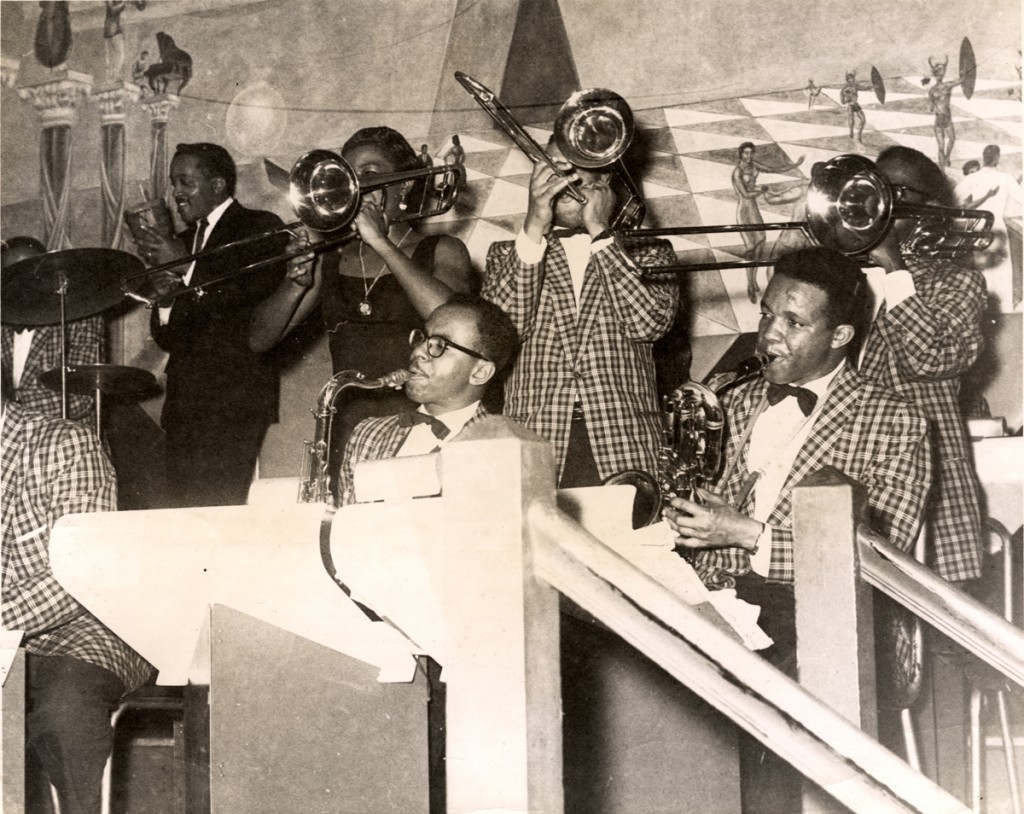
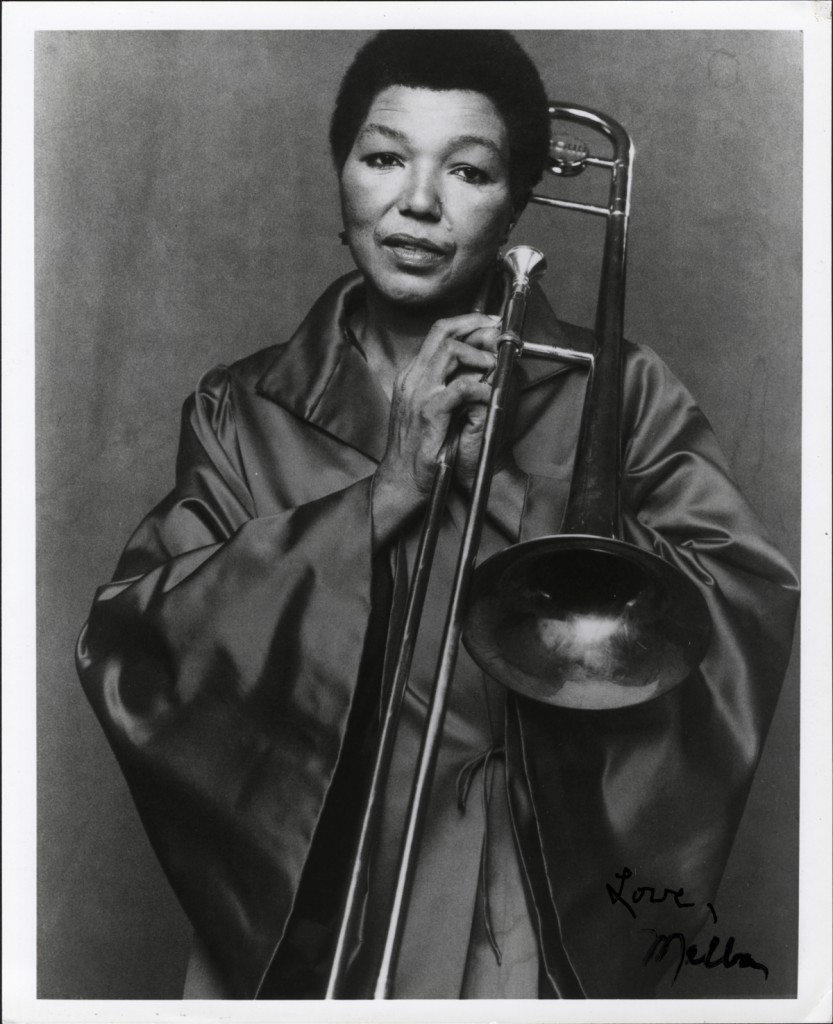
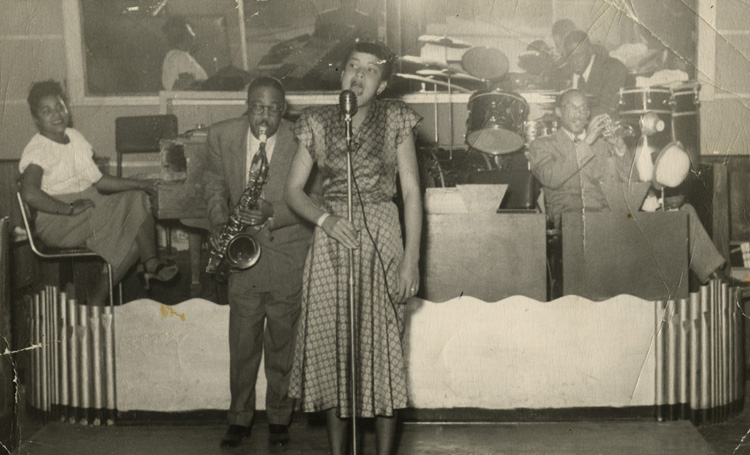
 David Basse is one of Kansas City’s best-known contemporary jazz artists. During his tenure broadcasting at Kansas Public Radio in Lawrence, he met Nan Hill, a devout listener and dynamo with unfettered knowledge of the Blues and Jazz Scene. She would come to write the radio host often. She composed her letters as she listened to Basse’s show on the radio and critique his programs as she felt she needed to. This Jazz Aficionada took her job as Mr. Basse’s appointed co-pilot quite seriously. Never could this radio host have imagined, while spreading inspiration with the power of music throughout the airwaves, that he in turn would be galvanized by the passion of this dear soul reaching back to him. Following is a moving tribute by David honoring Nan after her passing.
David Basse is one of Kansas City’s best-known contemporary jazz artists. During his tenure broadcasting at Kansas Public Radio in Lawrence, he met Nan Hill, a devout listener and dynamo with unfettered knowledge of the Blues and Jazz Scene. She would come to write the radio host often. She composed her letters as she listened to Basse’s show on the radio and critique his programs as she felt she needed to. This Jazz Aficionada took her job as Mr. Basse’s appointed co-pilot quite seriously. Never could this radio host have imagined, while spreading inspiration with the power of music throughout the airwaves, that he in turn would be galvanized by the passion of this dear soul reaching back to him. Following is a moving tribute by David honoring Nan after her passing. reference to the John Coltrane composition Mr. P.C. The song was written for Paul Chambers, Trane’s long-time bassist, and I realized last night how much Chambers is the star of that piece, driving everyone in the band to perform fabulous solos without being featured himself. That’s a jazz thing. That is exactly what Nan did each week with her solid devotion to me and my colleagues: she pushed the music along, influencing us without getting in the way. Nan fell by the station for a visit once when her granddaughter was in town from California. Nan was dressed like Norma Desmond, with black sunglasses and a brocade wrap around her head. I know she was training her granddaughter to listen to jazz by insisting on the outing. The two of them sat quietly in the studio and watched me program the entire afternoon. From then on, the weekly letters not only included stories from Nan’s active memory and tales of her daily activities, Nan also kept me apprised of the goings on of her beloved granddaughter. It was the hippest. After several years of letters, I decided to call her. I invited her to attend a few jazz shows, the very special ones I offered to drive to Lawrence to pick her up and return her when she was too tired to hang. Once, she actually took me up on the offer, for a holiday jazz event that KPR sponsored at Liberty Hall. Nan reserved a room across the street at the Eldridge Hotel to be close to a bed if she needed to lie down. We talked and wrote back and forth several times while making plans. When the big day came, a serious blizzard hit Lawrence right at the end of my 4pm shift. Nan couldn’t make the scene. She had to hear the gig on the radio, listening and commenting on every nuance of the party – both times it aired!
reference to the John Coltrane composition Mr. P.C. The song was written for Paul Chambers, Trane’s long-time bassist, and I realized last night how much Chambers is the star of that piece, driving everyone in the band to perform fabulous solos without being featured himself. That’s a jazz thing. That is exactly what Nan did each week with her solid devotion to me and my colleagues: she pushed the music along, influencing us without getting in the way. Nan fell by the station for a visit once when her granddaughter was in town from California. Nan was dressed like Norma Desmond, with black sunglasses and a brocade wrap around her head. I know she was training her granddaughter to listen to jazz by insisting on the outing. The two of them sat quietly in the studio and watched me program the entire afternoon. From then on, the weekly letters not only included stories from Nan’s active memory and tales of her daily activities, Nan also kept me apprised of the goings on of her beloved granddaughter. It was the hippest. After several years of letters, I decided to call her. I invited her to attend a few jazz shows, the very special ones I offered to drive to Lawrence to pick her up and return her when she was too tired to hang. Once, she actually took me up on the offer, for a holiday jazz event that KPR sponsored at Liberty Hall. Nan reserved a room across the street at the Eldridge Hotel to be close to a bed if she needed to lie down. We talked and wrote back and forth several times while making plans. When the big day came, a serious blizzard hit Lawrence right at the end of my 4pm shift. Nan couldn’t make the scene. She had to hear the gig on the radio, listening and commenting on every nuance of the party – both times it aired!
